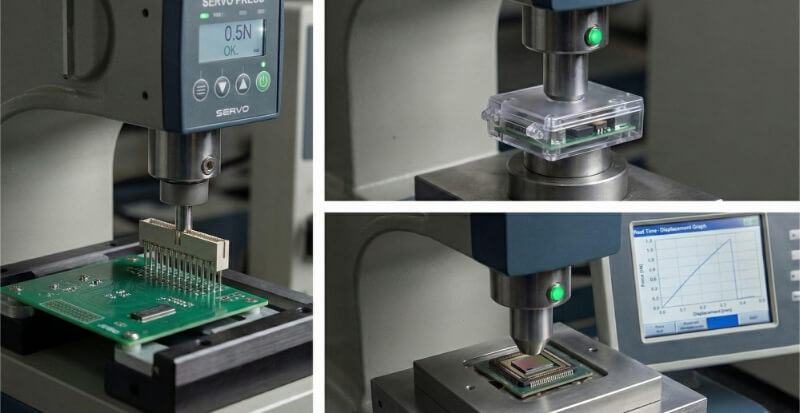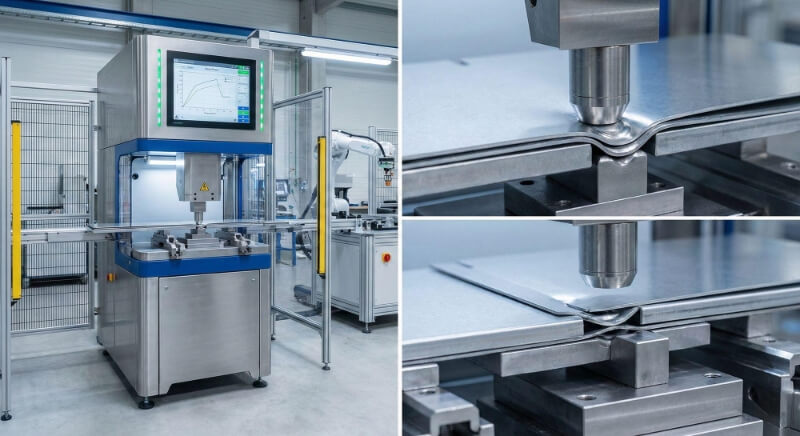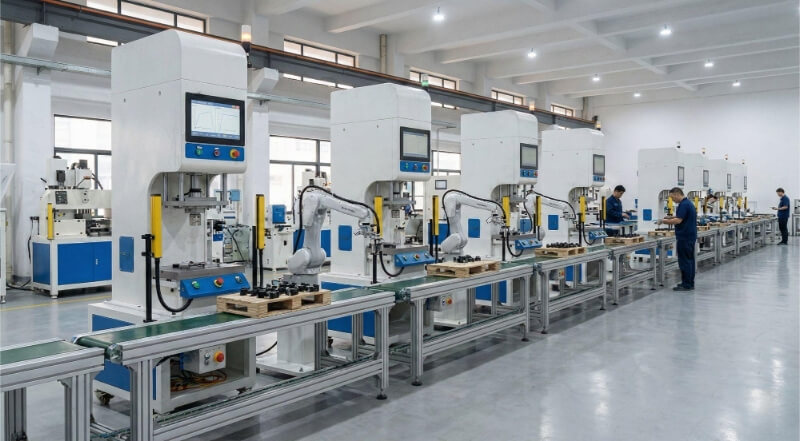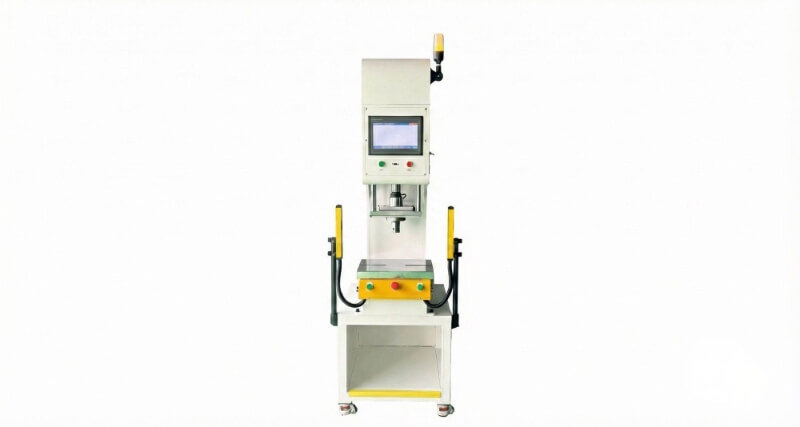Choosing the right material can make or break your project. Titanium and stainless steel are both popular, but they serve different needs. Projects demand materials that balance strength, cost, and durability. Let’s simplify this decision by comparing their key traits side-by-side.
Titanium is lighter, stronger, and more corrosion-resistant than stainless steel. It’s ideal for aerospace, medical implants, and high-performance applications. Stainless steel, on the other hand, is more affordable, easier to machine, and better for everyday use, such as kitchen appliances or construction.
Both metals offer unique advantages. The best choice depends on durability, weight, cost, and environment. Below, we compare their properties to help you decide.

Understanding Titanium
Titanium stands out among metals for its unique combination of properties. Let’s examine what makes it special.
What Is Titanium?
Titanium (symbol Ti) is a silvery-gray, lightweight metal. It occurs naturally in minerals like ilmenite and rutile and is extracted through complex processes like magnesium reduction of titanium tetrachloride. Pure titanium has an atomic number of 22, making up about 0.6% of the earth’s crust.
Most commercial titanium contains small amounts of oxygen, iron, and nitrogen that affect its properties. Compared to other structural metals, it has a low density (4.5 g/cm³).
Common titanium alloys and their characteristics
The most widely used titanium alloys include:
- Grade 5 (Ti6Al4V): Contains 6% aluminum and 4% vanadium. This workhorse alloy offers excellent strength and accounts for about 50% of all titanium usage.
- Grade 2: Commercially pure titanium with good corrosion resistance and formability.
- Beta alloys: Contain elements like molybdenum and vanadium that stabilize the beta phase, offering better formability.
- Alpha-beta alloys: Balanced for both strength and workability.
Key Properties of Titanium
Strength-to-weight ratio
Titanium has one of the highest strength-to-weight ratios of any metal. It is nearly as strong as steel but 45% lighter. This means titanium parts can bear heavy loads while decreasing overall weight.
Corrosion resistance
Titanium forms a stable, protective oxide layer on its surface, making it highly corrosion-resistant. It can withstand saltwater, oxidizing acids, and chlorine. This self-healing oxide film reforms instantly if damaged, giving titanium excellent longevity in harsh environments.
Heat resistance
Titanium maintains strength at moderately high temperatures (up to about 430°C/800°F). While not as heat-resistant as some specialty steels, it performs well in many high-temperature applications. Its low thermal conductivity also makes it useful as a thermal barrier.
Biocompatibility
The human body accepts titanium without risk of rejection or allergic reaction. This biocompatibility, combined with its strength and low weight, makes titanium the preferred metal for implants, joint replacements, and dental fixtures.
Advantages of Titanium
Lightweight and Strong
Titanium can weigh as little as half of steel parts while maintaining the same strength. This weight saving means less fuel is used in airplanes and cars.
Good Resistance to Rust and Chemicals
Titanium does not rust or become damaged by saltwater, chlorinated water, or many chemicals. Therefore, equipment made of titanium can last for many years.
Performs Well in Extreme Temperatures
Titanium works well in both hot and cold weather. It does not become weak in freezing conditions and stays strong when it is very hot.
Limitations of Titanium
Higher Cost
Titanium usually costs five to ten times more than stainless steel. The higher price is due to the difficult process of getting the metal, the challenges of cutting or forming it, and the need for special handling.
Difficult to Work With
Titanium is very strong and does not allow heat to spread quickly. It also reacts with some chemicals. These traits make shaping hard and cause tools to wear out faster.
Limited Availability
Titanium is not available in as many standard shapes and sizes as steel. This can slow down production and reduce design options.
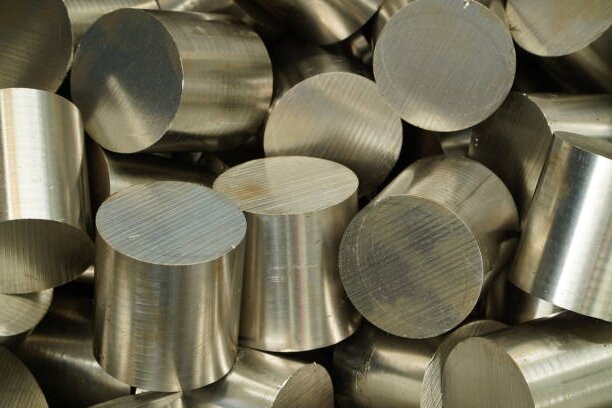
Understanding Stainless Steel
Stainless steel is one of the most common and versatile metals in modern manufacturing. Its strength, corrosion resistance, and value make it a go-to material for countless applications.
What Is Stainless Steel?
Stainless steel is an iron alloy with a minimum of 10.5% chromium. This chromium creates a thin oxide layer on the surface that prevents rust and corrosion.
Most stainless steel also contains varying amounts of carbon, nickel, manganese, molybdenum, and other elements that enhance specific properties. The steel gains its “stainless” quality from the chromium-oxide film that self-repairs when damaged.
Common stainless steel grades and classifications
Stainless steel is classified based on its microstructure, which includes Austenitic, Ferritic, Martensitic, Duplex, and Precipitation Hardening grades. Common grades include:
- Austenitic stainless steel: 304 (18/8), 316 (18/10 with molybdenum).
- Ferritic stainless steel: Magnetic, moderate corrosion resistance; includes 430 used in automotive trim and kitchen equipment.
- Martensitic stainless steel: It can be hardened and used for knives and surgical tools; it includes 420 and 440C.
- Duplex stainless steel: Combines austenitic and ferritic phases for improved corrosion resistance and strength.
- Precipitation Hardening stainless steel: Offers high strength with good corrosion resistance.
Key Properties of Stainless Steel
Strength and durability
Stainless steel offers high strength and hardness. Austenitic grades typically have a yield strength of 30,000 psi, while hardened martensitic grades can exceed 200,000 psi.
Corrosion Resistance Variations by Grade
Not all stainless steel is the same. Grade 304 resists rust in most environments, while Grade 316 performs better in harsh conditions like saltwater or chemical exposure.
Thermal Conductivity and Heat Resistance
Stainless steel handles heat well but doesn’t conduct it as efficiently as other metals. It’s suitable for high-temperature applications but may not be the best for heat transfer.
Advantages of Stainless Steel
Cost-effective and Widely Available
Stainless steel is more affordable than titanium and easy to find, making it a practical choice for many projects.
Easier to Machine and Weld
Stainless steel is simpler to work with compared to titanium. It can be cut, shaped, and welded using standard tools and techniques.
High Strength and Durability
Stainless steel is tough and long-lasting. It’s used in everything from buildings to medical tools because it can withstand wear and tear.
Limitations of Stainless Steel
Heavier Compared to Titanium
Stainless steel’s density is about 8 g/cm³, nearly twice that of titanium. This makes it less suitable for weight-sensitive applications like aerospace or high-performance sports equipment.
Can Corrode Under Extreme Conditions
While stainless steel resists rust, it’s not completely immune. It can still corrode in highly corrosive environments, like those with strong acids or chlorides.
Lower Strength-to-Weight Ratio
While stainless steel offers good strength, its high-density results in a strength-to-weight ratio much lower than that of titanium, making it less ideal for weight-critical applications.
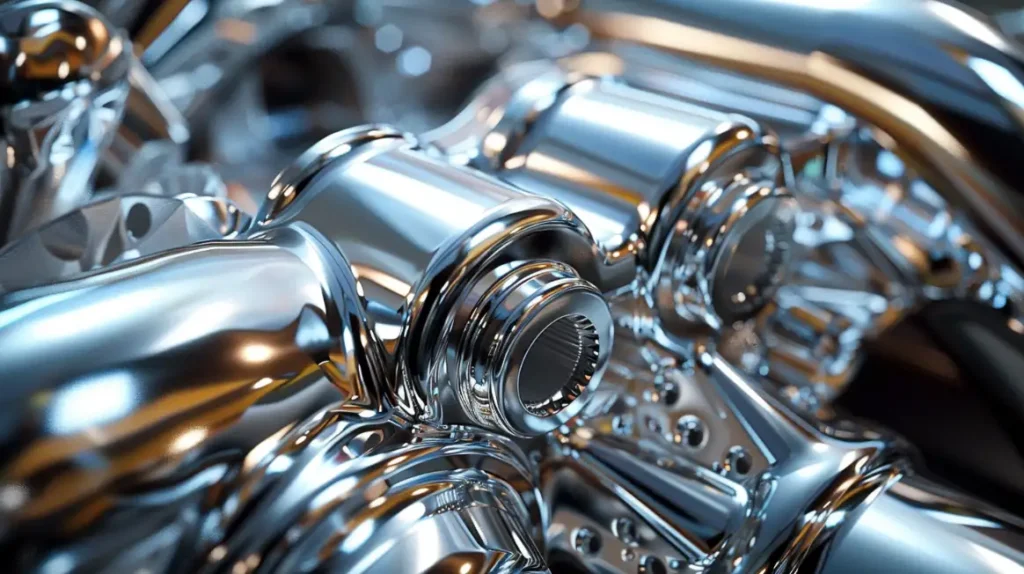
Performance Comparison: Titanium vs. Stainless Steel
A direct comparison between these metals helps highlight their unique strengths and weaknesses.
Element Composition
Titanium is a lightweight metal with a titanium base and small amounts of aluminum, vanadium, or other elements. Stainless steel is primarily iron, with chromium, nickel, and sometimes molybdenum added for strength and corrosion resistance.
Hardness
Stainless steel generally has higher hardness values than titanium. On the Rockwell C scale, annealed Grade 5 titanium measures about 36 HRC, while hardened 17-4 PH stainless steel can reach 45 HRC.
Corrosion Resistance
Titanium offers superior corrosion resistance in most environments. Its stable oxide layer makes it nearly immune to saltwater corrosion, oxidizing acids, and chlorides. Stainless steel is still corrosion-resistant but can fail in extreme environments.
Tensile Strength
Both metals offer excellent tensile strength, but the specific values vary by alloy. Grade 5 titanium (Ti6Al4V) has a tensile strength of about 900 MPa (130,000 psi).
Type 304 stainless steel provides around 600 MPa (87,000 psi), while precipitation-hardened stainless steels like 17-4 PH can reach 1100 MPa (160,000 psi) or higher.
Yield Strength
Yield strength determines when a material begins to deform permanently. Grade 5 titanium offers a yield strength of approximately 830 MPa (120,000 psi). Standard 304 stainless steel has a lower yield strength of about 290 MPa (42,000 psi), though work-hardening can increase this value.
Weight and Density
This represents the most dramatic difference between these metals. Titanium has a 4.5 g/cm³ density, while stainless steel’s density is nearly 8 g/cm³. This means a titanium part weighs about 45% less than an identical stainless steel.
Thermal and Electrical Conductivity
Titanium’s thermal conductivity is about 22 W/m•K, while stainless steel’s ranges from 12 to 45 W/m•K, depending on the grade.
Titanium offers about 3% IACS (International Annealed Copper Standard) for electrical conductivity, while stainless steel provides 2-14% IACS depending on composition. Neither metal is typically chosen for applications requiring high conductivity.
Price
The cost difference is substantial. Titanium typically costs $15-45 per pound, depending on grade and form, while stainless steel ranges from $2-5. A finished titanium component costs 5-10 times more than its stainless steel equivalent.
Machinability and Fabrication
Stainless steel is easier to machine and fabricate than titanium. It can be cut, welded, and shaped with standard tools. Titanium requires specialized equipment and expertise, making it more challenging and costly.
Titanium vs Stainless Steel: Quick Comparison
| Property | Titanium | Stainless Steel |
|---|---|---|
| Density | 4.5 g/cm³ (45% lighter) | 8.0 g/cm³ |
| Strength-to-Weight Ratio | Excellent (highest of any metal) | Good |
| Corrosion Resistance | Superior (nearly immune to saltwater and most chemicals) | Varies by grade (good to very good) |
| Cost | $15-45 per pound (5-10× more expensive) | $2-5 per pound |
| Hardness | Moderate (36 HRC for Grade 5) | Higher (up to 45 HRC for hardened grades) |
| Tensile Strength | ~900 MPa (Grade 5 Ti6Al4V) | 600-1100 MPa (varies by grade) |
| Yield Strength | ~830 MPa (Grade 5) | 290-1000 MPa (varies by grade) |
| Machinability | Difficult (requires specialized tools and techniques) | Moderate (standard tools and methods) |
| Thermal Conductivity | Poor (22 W/m•K) | Poor to moderate (12-45 W/m•K) |
| Heat Resistance | Good up to 1000°F (538°C) | Varies by grade (up to 1600°F/870°C) |
| Biocompatibility | Excellent (ideal for implants) | Good for some grades |
| Availability | Limited forms and suppliers | Widely available in many forms |
Titanium vs. Stainless Steel: Which One to Choose?
Choosing the right material can significantly impact your project’s success, performance, and cost-effectiveness.
Key Factors to Consider
Choosing between titanium and stainless steel depends on your project’s needs. Consider these factors:
- Weight: Is your project weight-sensitive?
- Corrosion Resistance: Will the material face harsh environments?
- Strength: Does your project require high strength or durability?
- Budget: What’s your budget for materials and fabrication?
- Machinability: Do you need easy-to-work materials?
When to Choose Titanium?
Choose titanium if:
- Weight Matters: Titanium is ideal for aerospace, automotive, or sports equipment where reducing weight is critical.
- Extreme Environments: It’s perfect for marine, chemical, or medical applications due to its unmatched corrosion resistance.
- High Strength Needed: Titanium offers a superior strength-to-weight ratio, making it suitable for high-stress applications.
- Biocompatibility Required: Titanium is the best choice for medical implants or devices because it’s non-toxic and compatible with the human body.
When to Choose Stainless Steel?
Choose stainless steel if:
- Cost is a Concern: Stainless steel is more affordable and widely available, making it a practical choice for budget-conscious projects.
- Ease of Fabrication: It’s easier to machine, weld, and shape, saving time and money during production.
- Everyday Durability: For kitchen appliances, construction, or industrial equipment, stainless steel is tough and reliable.
- Moderate Corrosion Resistance: In environments where extreme corrosion isn’t a concern, stainless steel performs well and lasts long.
Conclusion
Titanium and stainless steel each have strengths. Titanium is the premium choice for high-performance applications, while stainless steel is the practical option for everyday use. Consider your project’s requirements, budget, and timeline. Both materials have their place, and choosing the right one will ensure your project’s success.
At Shengen, we specialize in helping you select the best materials for your needs. Whether you need titanium for high-performance applications or stainless steel for cost-effective solutions, our team is here to guide you. Contact us today for a consultation, and let’s bring your project to life!
Hey, I'm Kevin Lee

For the past 10 years, I’ve been immersed in various forms of sheet metal fabrication, sharing cool insights here from my experiences across diverse workshops.
Get in touch

Kevin Lee
I have over ten years of professional experience in sheet metal fabrication, specializing in laser cutting, bending, welding, and surface treatment techniques. As the Technical Director at Shengen, I am committed to solving complex manufacturing challenges and driving innovation and quality in each project.

